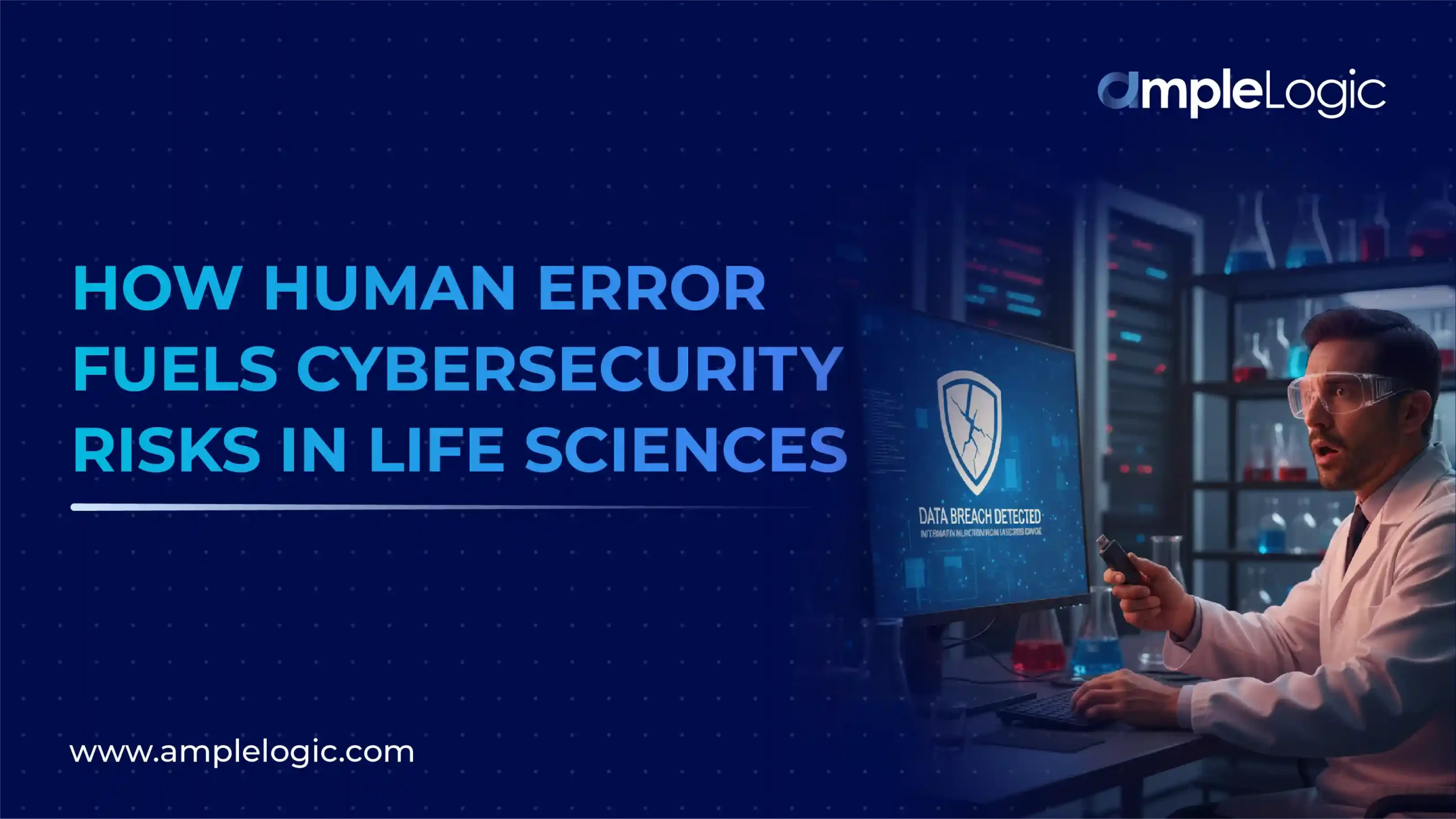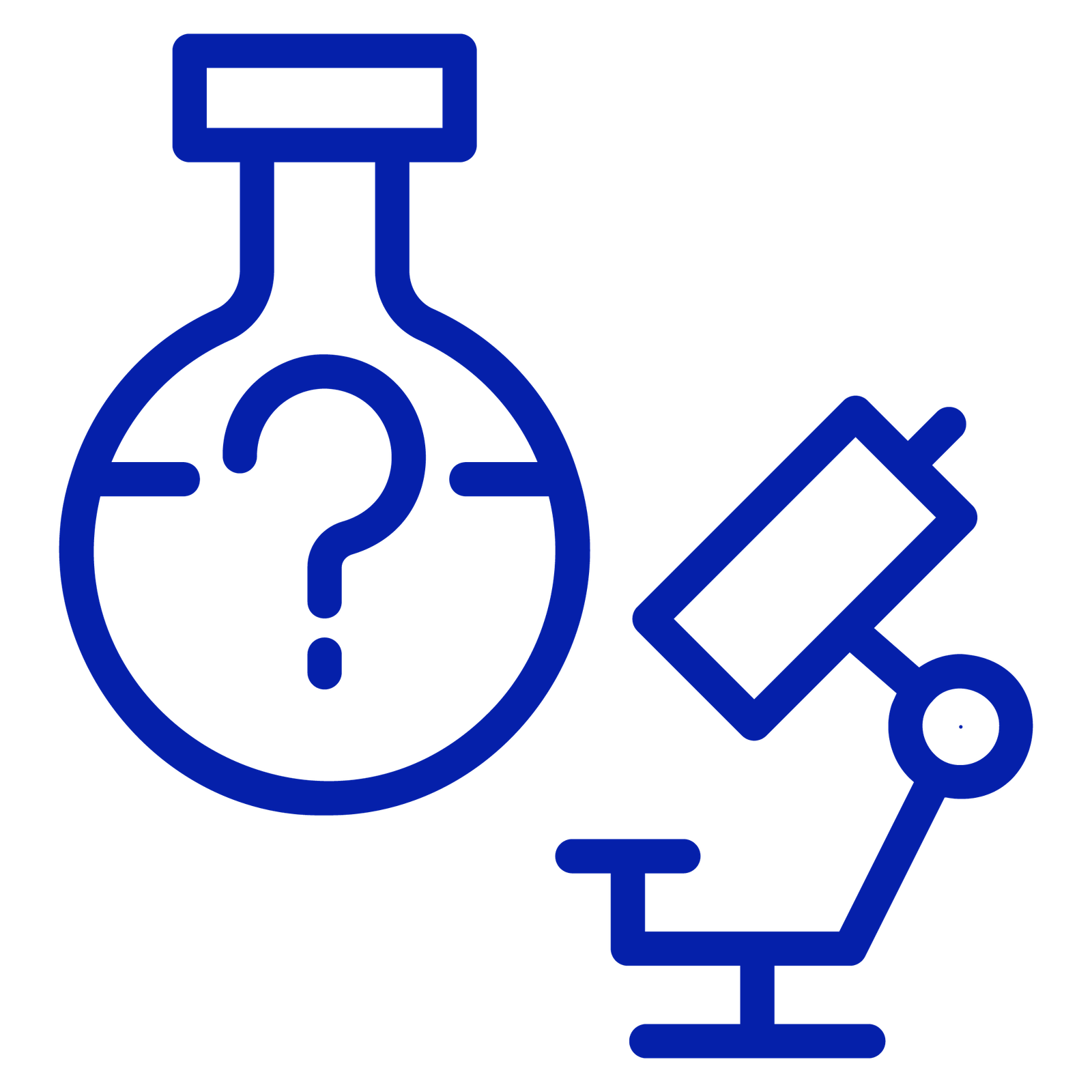
A single misstep in logging production data. A forgotten password at a manufacturing terminal. An unsecured device connected to the shop floor. In pharmaceutical plants and biotech labs, where precision is expected at every stage, these small human oversights can become the silent entry points for cyber attackers.
In manufacturing environments or research labs, engineers, analysts, and operators balance relentless demands, multitasking across systems, data feeds, and shifting regulatory requirements. Cybersecurity failures in these environments rarely begin with malicious intent. More often, they originate from human error.
The Leading Factor in Cybersecurity Breaches
Data confirms what many executives already suspect: people remain the most common entry point for breaches. Verizon’s 2025 Data Breach Investigations Report (DBIR) found that human actions contributed to nearly 60% of incidents, with social engineering and credential misuse leading the list.
The message is clear: The real threat to cybersecurity in life sciences is not advanced attacks, but it might be a result of everyday mistakes.
Why Life Sciences and Manufacturing Are Exposed?
Unlike other industries, life sciences organizations manage an intricate mix of high-value data, regulated processes, and automated production systems. Each dimension introduces additional points where human error can lead to cybersecurity exposure:
- Research and clinical trial data: A single misdirected file containing trial results can create both reputational and regulatory risks.
- Manufacturing execution systems (MES) and lab information management systems (LIMS): Manual entries, misconfigurations, or delayed updates to these systems can expose critical records to unauthorized access.
- Compliance dependencies: Audit trails, electronic signatures, and controlled access are mandated under regulations such as 21 CFR Part 11. Human lapses in these controls often trigger findings during inspections or investigations.
- Supply chain interconnectedness: Manufacturing partners, CROs, and logistics providers often share data across multiple platforms. A single weak password or unpatched interface can compromise an extended network.
In pharmaceutical plants, even a brief outage tied to an access misconfiguration can invalidate entire production batches, delaying drug availability and creating multimillion-dollar losses.
Common Forms of Human Error in Cybersecurity Breaches
The most common forms of human-driven vulnerabilities include:
- Misdelivery of sensitive information: Sending confidential data or regulatory submissions to unintended recipients.
- Weak authentication practices: Password reuse, easily guessed credentials, or failure to enable multifactor authentication.
- Delayed patching or system updates: Overlooking critical security patches in lab or manufacturing systems, often due to operational pressures. Or using the outdated technology/systems that are costing you a fortune.
- Improper audit trail management: Gaps in traceability that create both security risks and regulatory non-compliance.
- Social engineering: Employees falling victim to phishing or pretexting schemes targeting clinical or supply chain documentation.
Each of these errors shows that cybersecurity incidents in life sciences are often less about attackers and more about preventable lapses in process and oversight.
Operational and Regulatory Consequences
The direct consequences of human-error-driven breaches include downtime, data loss, and remediation costs. In life sciences, however, the implications extend further:
- Regulatory penalties: Incomplete audit trails or unauthorized data access can result in warning letters or even product recalls.
- Product delays: Clinical trial submissions can be invalidated if compromised, delaying approvals.
- Patient risk: Manufacturing shutdowns or product quality issues linked to data integrity failures directly affect treatment availability.
- Reputational damage: Stakeholders, including regulators, investors, and patients, interpret breaches as signals of poor governance.
The most significant is the financial loss incurred by the organization if the data is breached. Hence, it is imperative that organizations pay to safe and reliable sources for their protection rather than pay a hefty amount to mitigate the consequences of cyberattacks.
A single incident of compromised patient records or invalidated manufacturing runs can undo years of trust-building in the market.
Strategic Actions to Reduce Human Errors
To reduce vulnerabilities due to human error in cybersecurity, people must take targeted, measurable actions:
| Priority | Strategic Action |
|---|---|
| Operationalize Cyber-Risk | Integrate human-error breach metrics alongside CAPAs and GMP deviations in executive dashboards. |
| Shift to Compliance-Embedded Platforms | Replace vulnerable legacy systems with solutions like AmpleLogic, which include audit trails, controlled access, and 21 CFR Part 11 alignment, reducing manual error and inspection risk. |
| Refine Role-Based Access & Accountability | Adopt multifactor authentication, restrict elevated privileges, and implement real-time monitoring of critical accounts. |
| Strengthen Vendor Governance | Third-party breaches cost - USD 4.91M. Enforce vendor certifications (e.g., ISO 27001, SOC 2), audit access protocols, and require security certification for all integrated systems. |
| Tailor Training to High-Risk Roles | Employees require role-specific training that addresses the actual systems and processes they interact with. Hence, getting trained with a dedicated LMS system like that of Amplelogic LMS, which imparts training on the basis of role and is also AI-powered. |
| Shift to Proactive Log Monitoring | Use logs as early warning systems, detecting anomalies before they escalate. |
| Benchmark and Quantify Impact | Report breach response timelines, downtime, and cost margin impact in operational metrics for strategic planning. |
Looking Beyond the Metrics
In an industry built on precision and trust, the cost of overlooking human vulnerabilities is measured not only in dollars or regulatory citations but in lost time, delayed therapies, and diminished confidence.
For leaders in life sciences and manufacturing, cybersecurity is no longer an abstract IT function. It is an operational discipline, a compliance requirement, and above all, a patient safety issue. Human error cannot be eliminated, but it can be anticipated, controlled, and mitigated through modern systems like that of AmpleLogic, disciplined processes, and a culture of accountability.





























